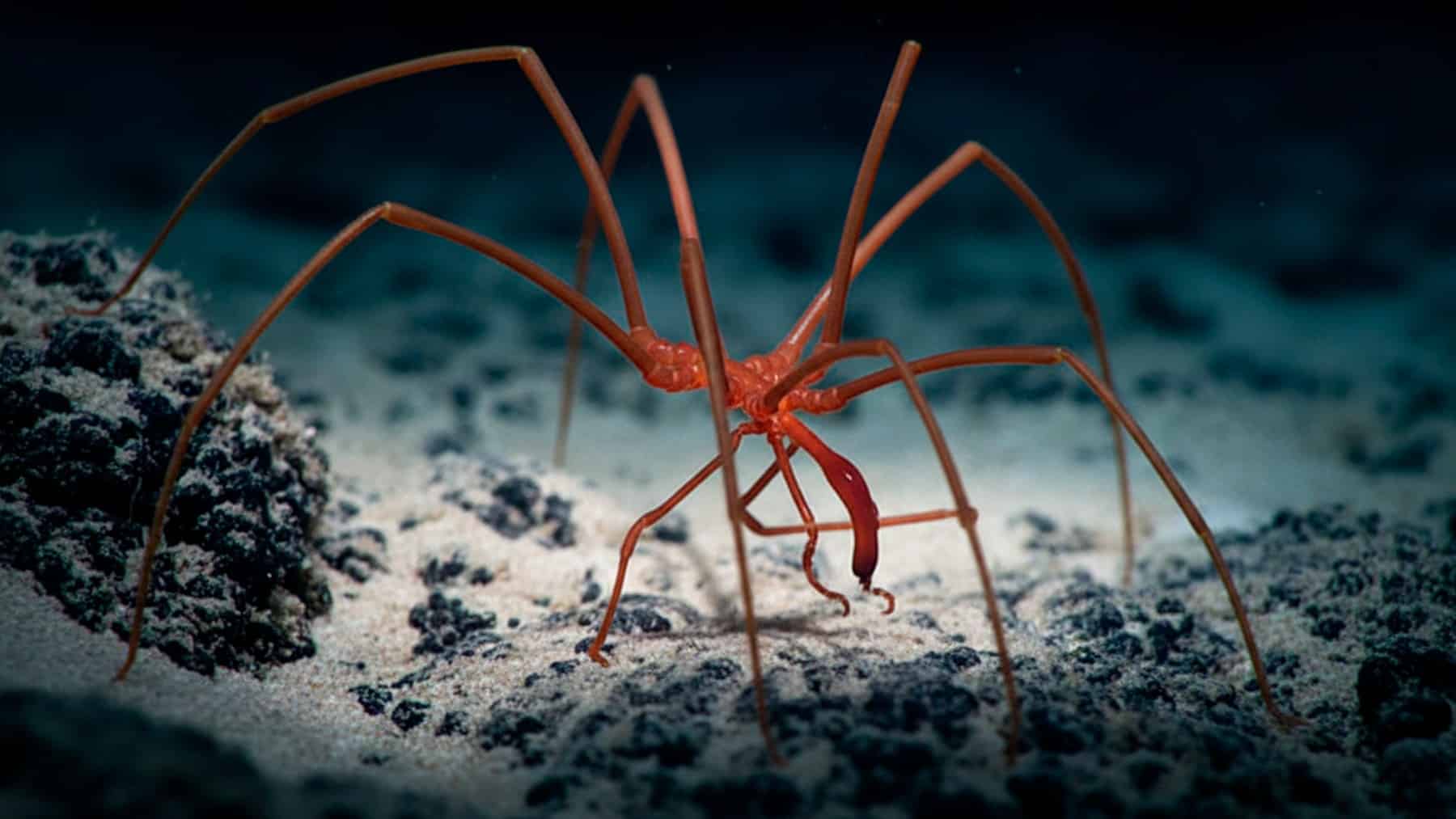In the dark ocean depths off the California coast, new sea creatures with gelatinous, spider-like blobs have been observed drifting across the surface. Could these creatures be the key to solving one of creation’s puzzling questions? Does this mean that an arachnid in the form of a spider that could cause planetary-scale devastation has infested California’s waters? This article will shed more light on these questions, so dive in.
How the solution to the age-old debate will solve Earth’s greenhouse crisis
There are several ways to conceptualize a discovery of this rarity. While some people will immediately flag this new discovery as human-scale devastation because of the conventional fear most people have for arachnids in general, scientists will see this as another breakthrough in the field of science.
For the longest time on our planet, humanity has been battling with the phenomenon known as greenhouse gas emissions. It is from the causality of the topic that the war between renewable energy and non-renewable energy started.
While the former side believes that fossil energy is the reason why lots of emissions are escaping into our planet’s stratosphere and causing an event known as global warming, the latter believes this is not true and testifies that eventually the planet itself will die off in due time and season.
Examining what “Giant spider blobs” mean in the larger Californian context
This is why whenever discoveries are made that hold the potential to end this age-old debate, it is never taken with levity. This is where California comes in. These creatures were discovered off the California coast at methane seeps, just like this strange discovery concealed by the planet’s scorching mystery.
They are called “spider blobs” because of their arachnid shape, texture, translucency, size, and behavior. To collect them, scientists had to use a wide range of techniques, including deep-sea diving sampling, imaging, and genetic/chemical assays.
An even more interesting fact to note is that these creatures are coated with methane-oxidizing bacteria, which makes the bacteria convert methane into compounds they can use (nutrients like lipids, sugars).
“Swallowing the atmosphere”: Metaphor or literal environmental crisis?
It is also quite important to understand that “swallowing the atmosphere” in this context is merely metaphorical. So no, the air around us is not being depleted in real time; it only means that these creatures are ingesting methane that is emanating from the seafloor.
If you didn’t know, Methane remains one of the most problematic gases affecting our planet in real time, and if the methane lying off California’s coasts reaches the atmosphere, it can further aggravate the crisis on the ground. Which is why, one way or the other, it must not be allowed to touch the atmosphere.
Implications of the “spider blob” on methane emissions and future research
After coming this far, the answer to this should be obvious, but to make sure you’re still engaged while reading, it is important to reiterate the implications of these organisms on methane emissions. But amidst all these, some questions surrounding the amount of methane that can realistically be removed are logical to ask.
What about the organism’s ability to interact with other species? What about their role in the food web? All these questions are serious concerns that researchers should ensure are fully answered before these “organisms’ are propagated and assimilated into the human regimen.
The existence of a spider-like sea creature is already reshaping our perception of greenhouse emissions. These are early days of human exploration and expedition, what is to say in about 5/10 years? The underlying truth is glaring at us: Hidden life in the deep sea and the intricacies of regulation and proliferation, like this strange something falling from the sky. Several other nations are observing from the sidelines to see what will come of California’s “spider” blobs.
